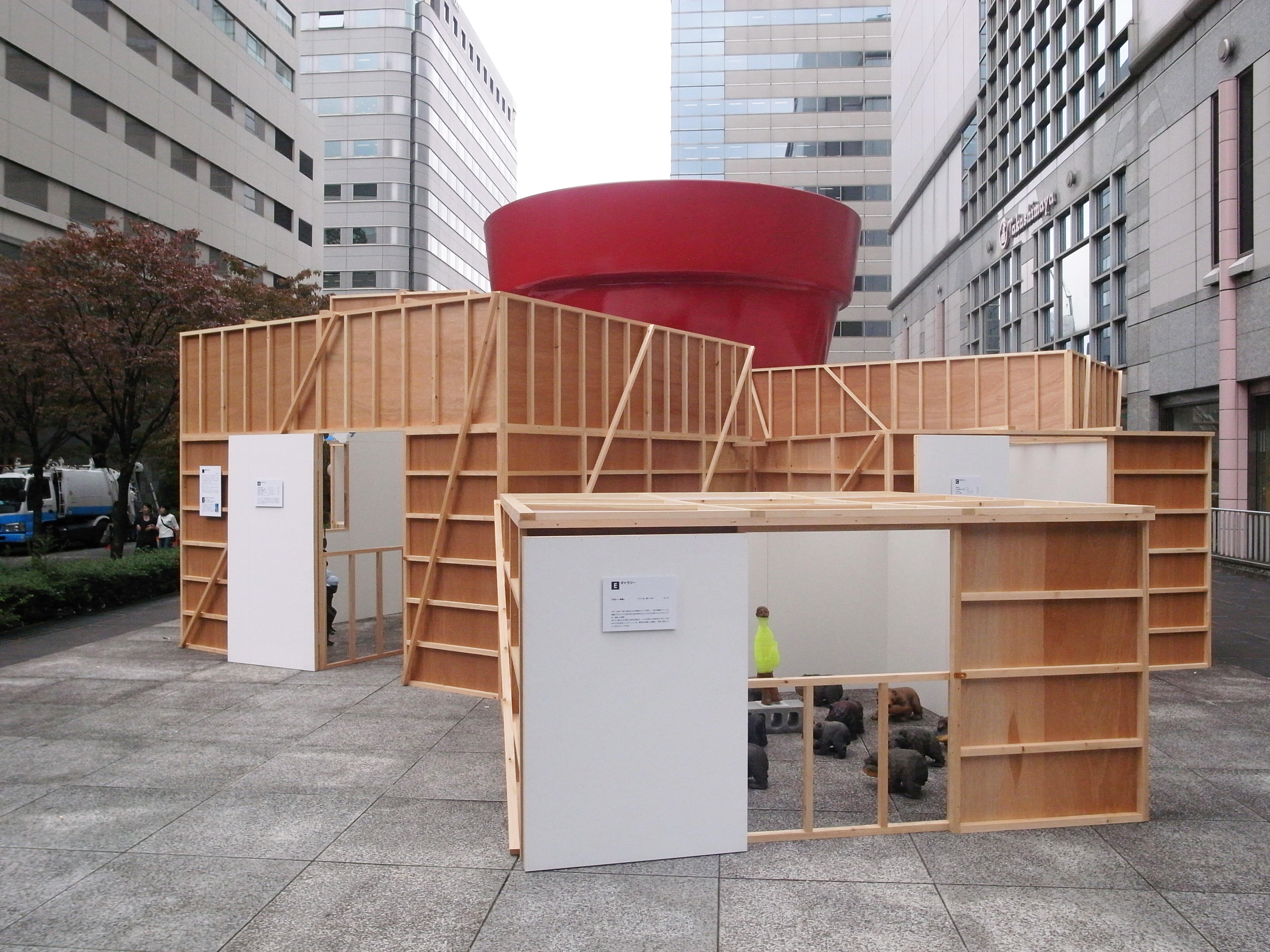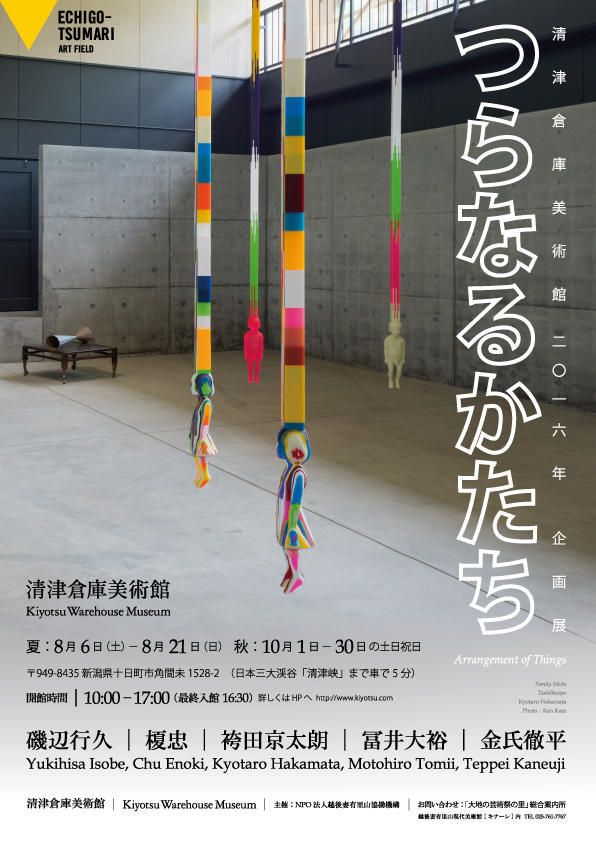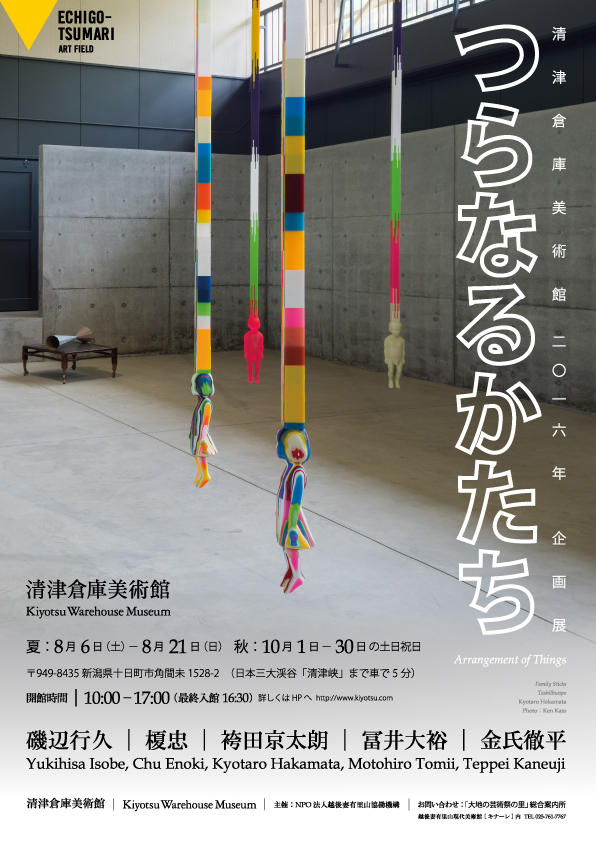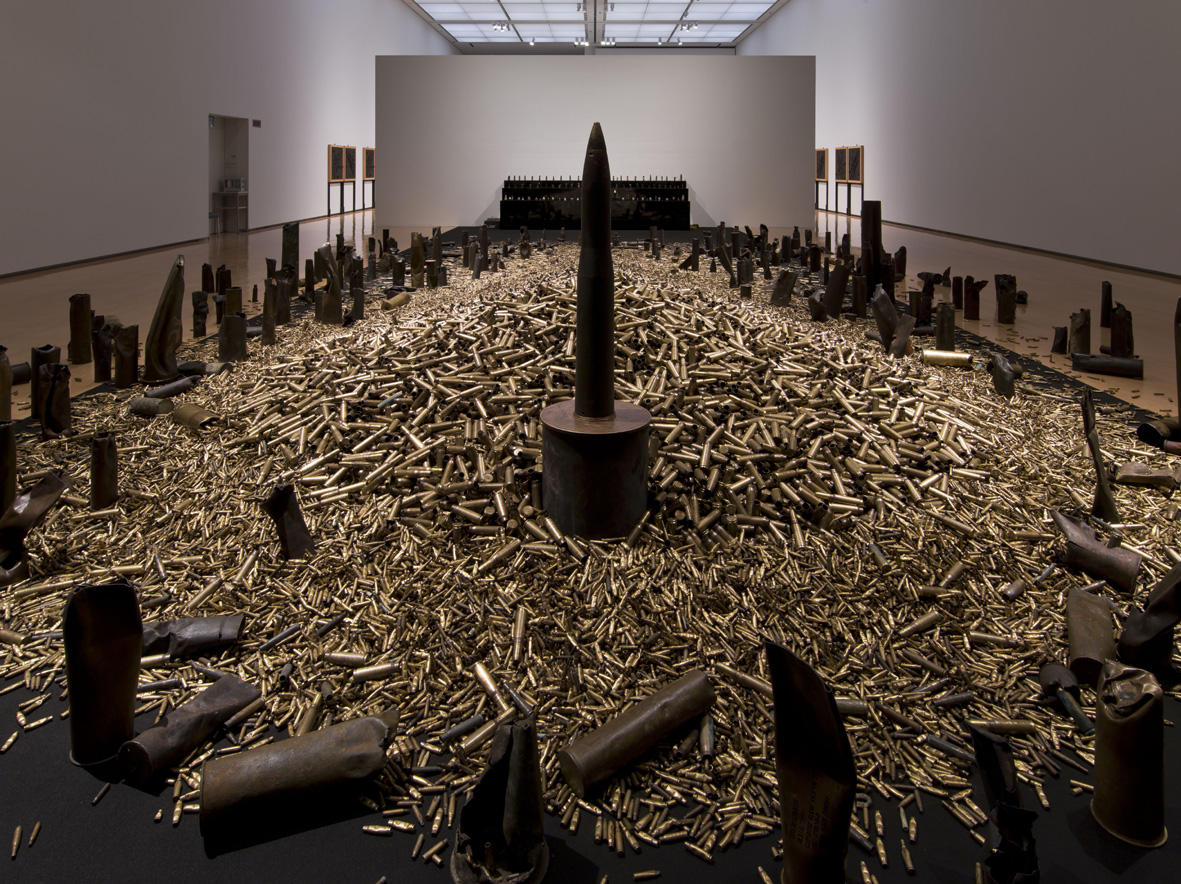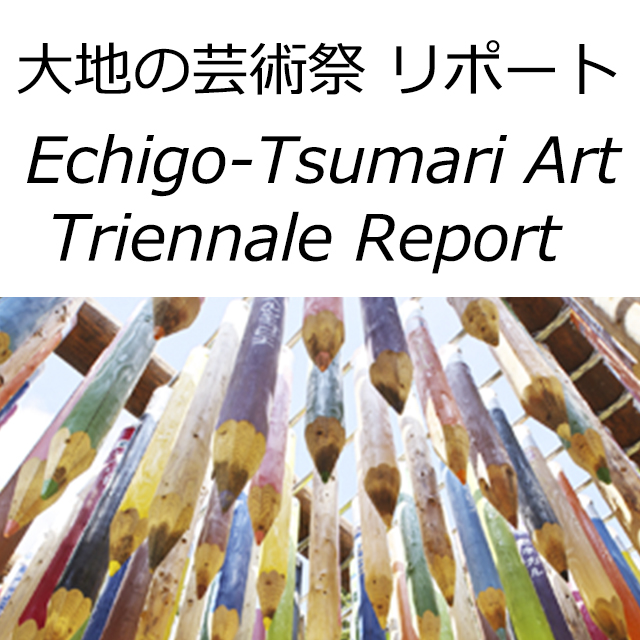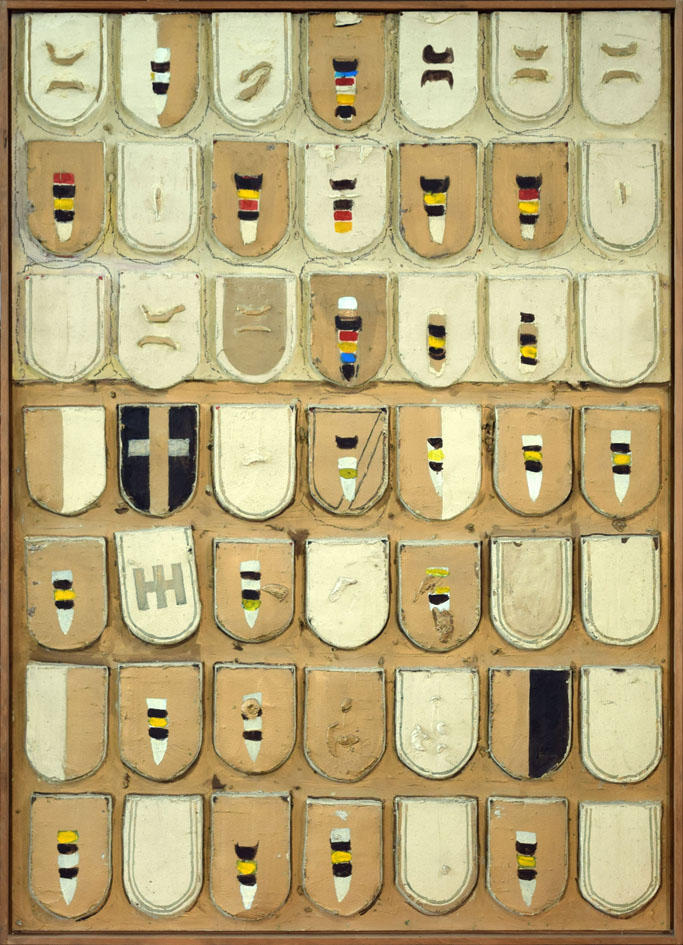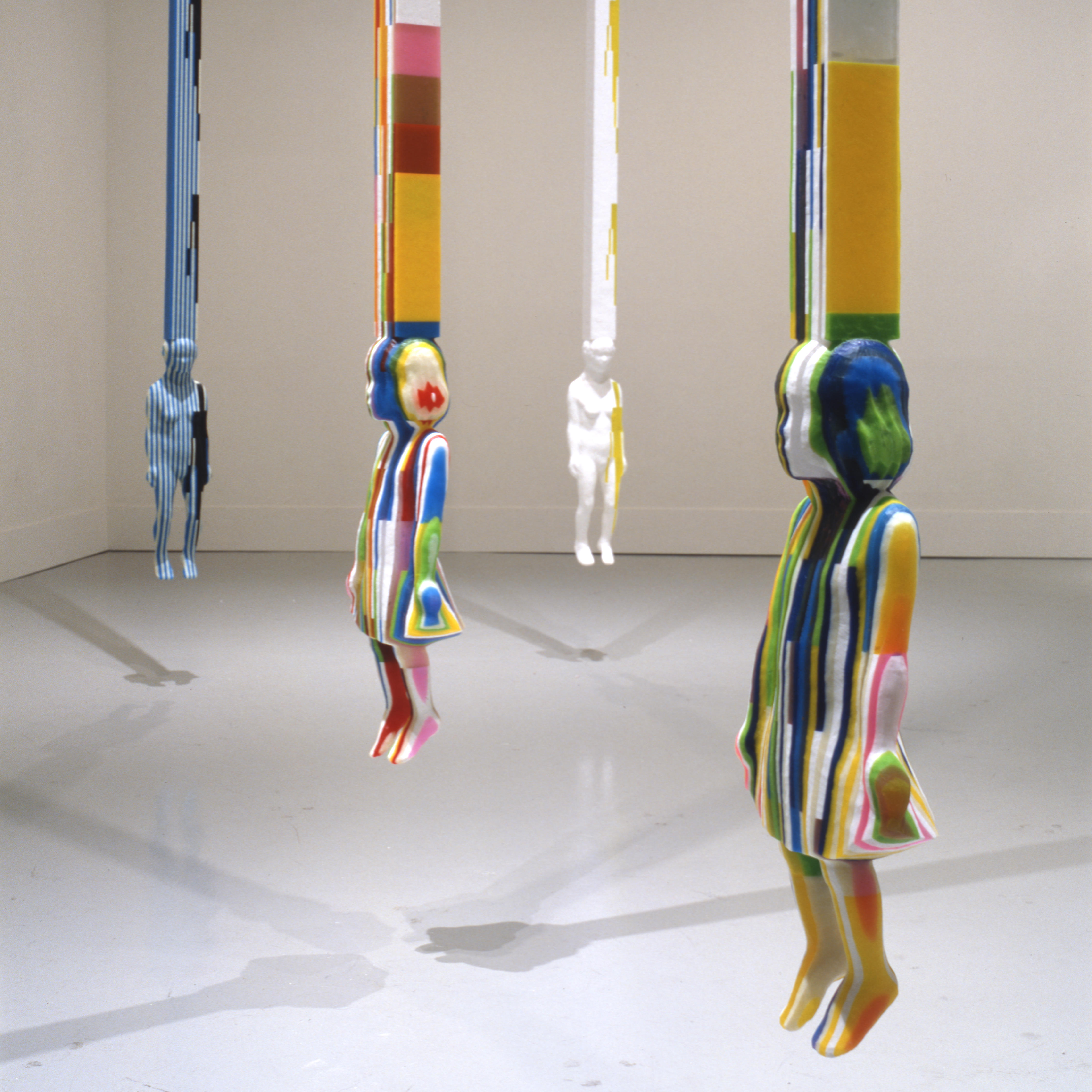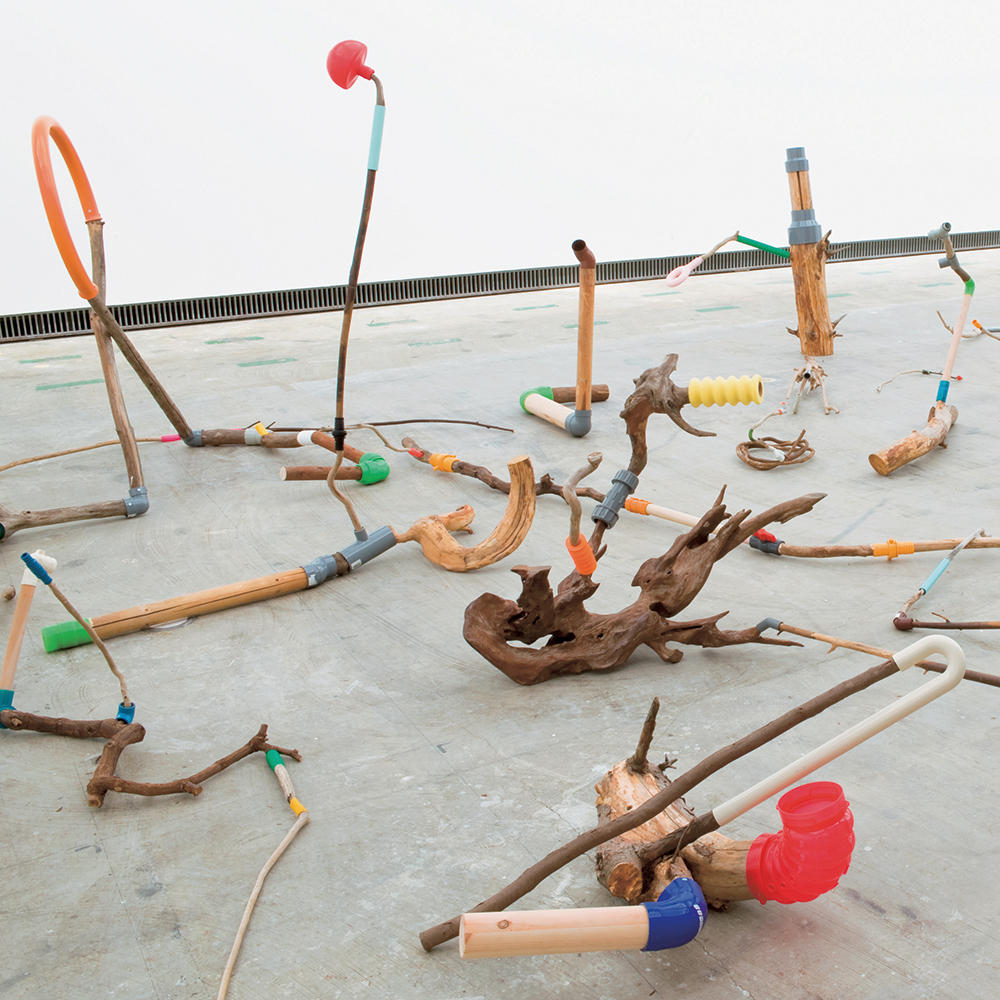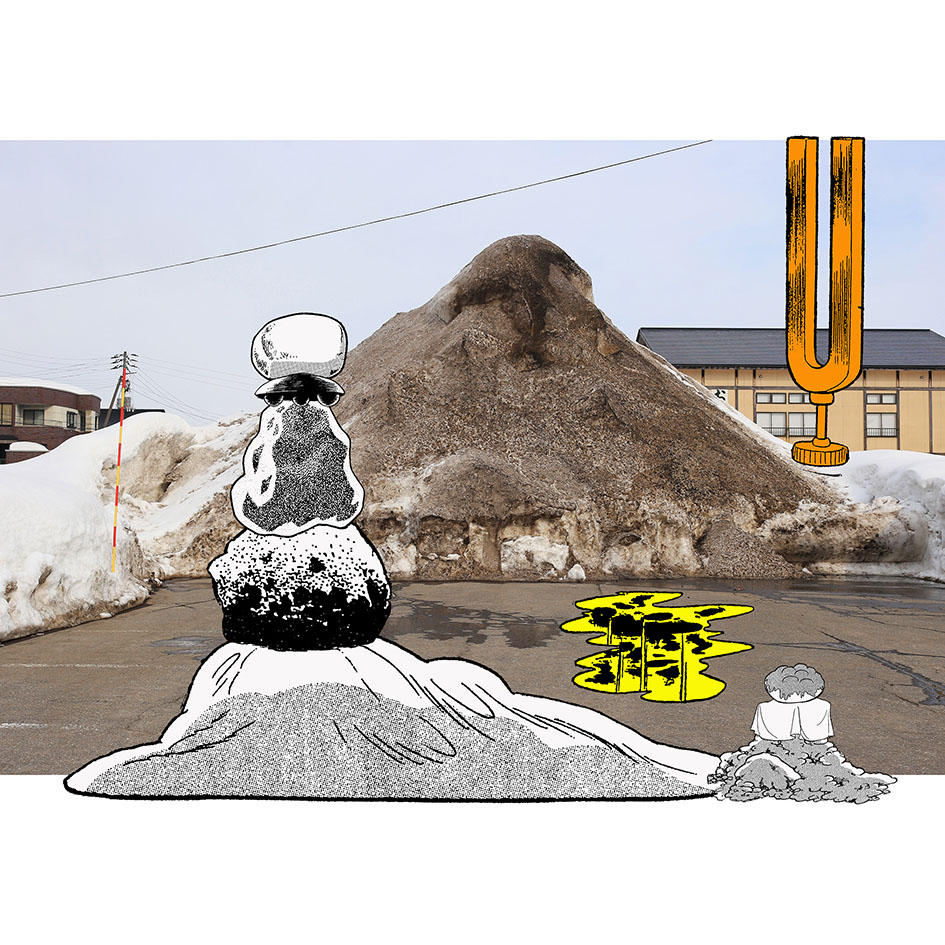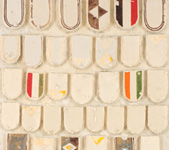Exhibition 2016 “Arrangement of Things”
Spring: April 29 (Fri) - May 8 (Sun) *Summer & Autumn exhibition period to be announced in several months
Art Front Gallery is pleased to announce a special exhibition "Arrangement of Things" in Kiyotsu Warehouse Museum in Niigata.
Artists: Yukihisa Isobe、Chu Enoki、Kyotaro Hakamata、Motohiro Tomii、Teppei Kaneuji
Curation: Art Front Gallery
Organizer: NPO Echigo-Tsumari Satoyama Collaborative Organization
Duration: Friday 29 April to Sunday 8 May 2016
※ Summer & Autumn exhibition period to be announced in several months
Admission: Adult JPY500 / Children age under 15 JPY250
※ Echigo-Tsumari 2016 Spring ticket gives admission to the museum once.
| Date | Spring: April 29 (Fri) - May 8 (Sun) *Summer & Autumn exhibition period to be announced in several months |
|---|---|
| Hours | 10:00-17:00 (Last entry 16:30) |
this Kiyotsu Warehouse Museum coordinates two different demands: the artists in short of space in the cities to present their highly-valued art pieces and the locals in Echigo-Tsumari area with increasing abolished schools. They have gained profit in exchange for their “problems” to be solved and thus was created a new art museum where visitors can always appreciate more than two hundreds artworks even in the off-season or off-years between Echigo-Tsumari Triennales.
The second exhibition under the theme, “act of putting something to ordinary materials chosen for an artwork”, features artists across generations who adopt daily objects such as scrap iron, drawing pin, figure, hose and mask as a motif of their artworks. There has always been artists around the globe in different times who chose ordinary objects as materials for artworks. However, we may begin to see a distinctive vision of Japanese artists or a common direction across different times from viewpoint of how materials are chosen or how they are turned into artworks.
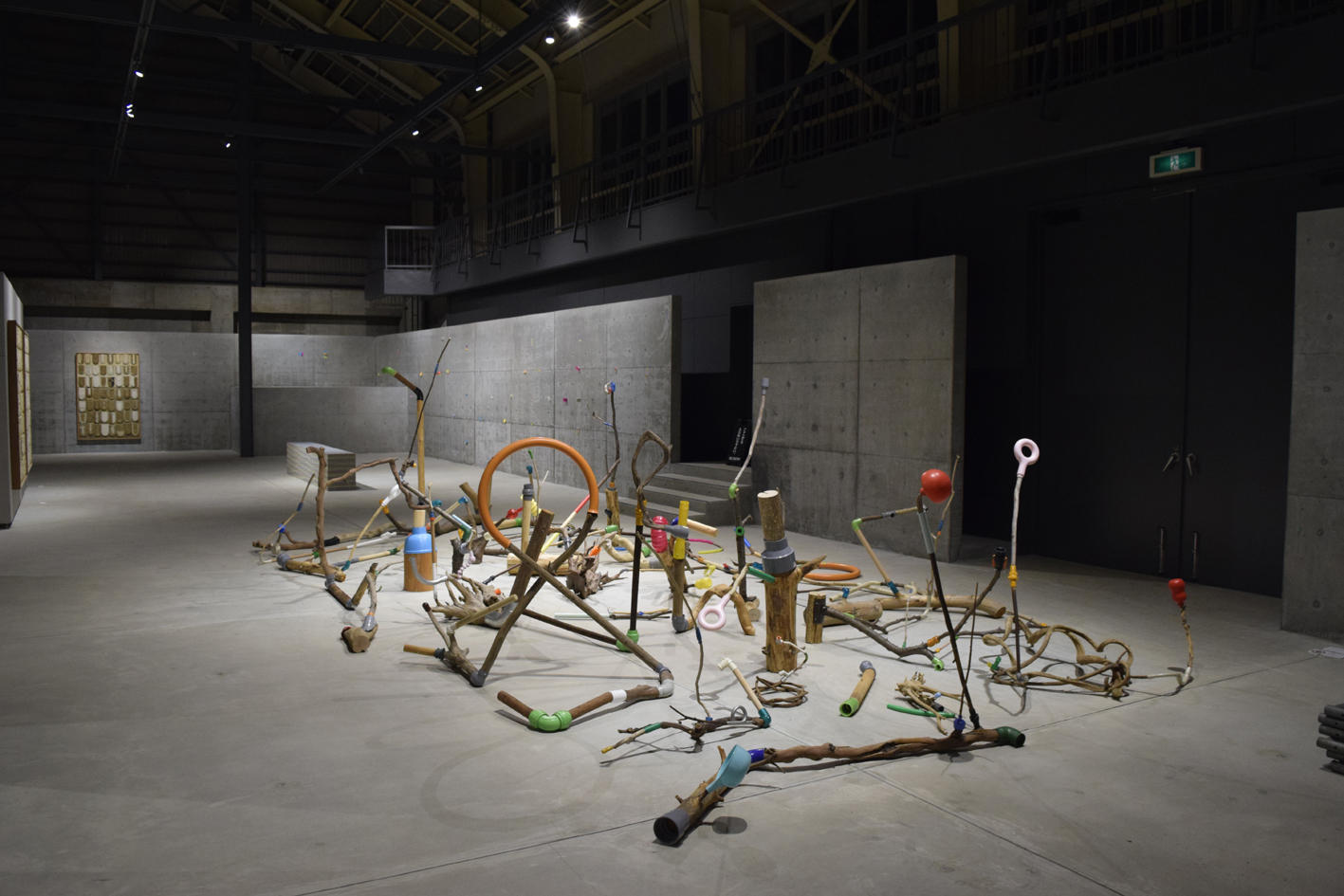
Installation view (Teppei Kaneuji)

Installation view (Kyotaro Hakamata)
Related News
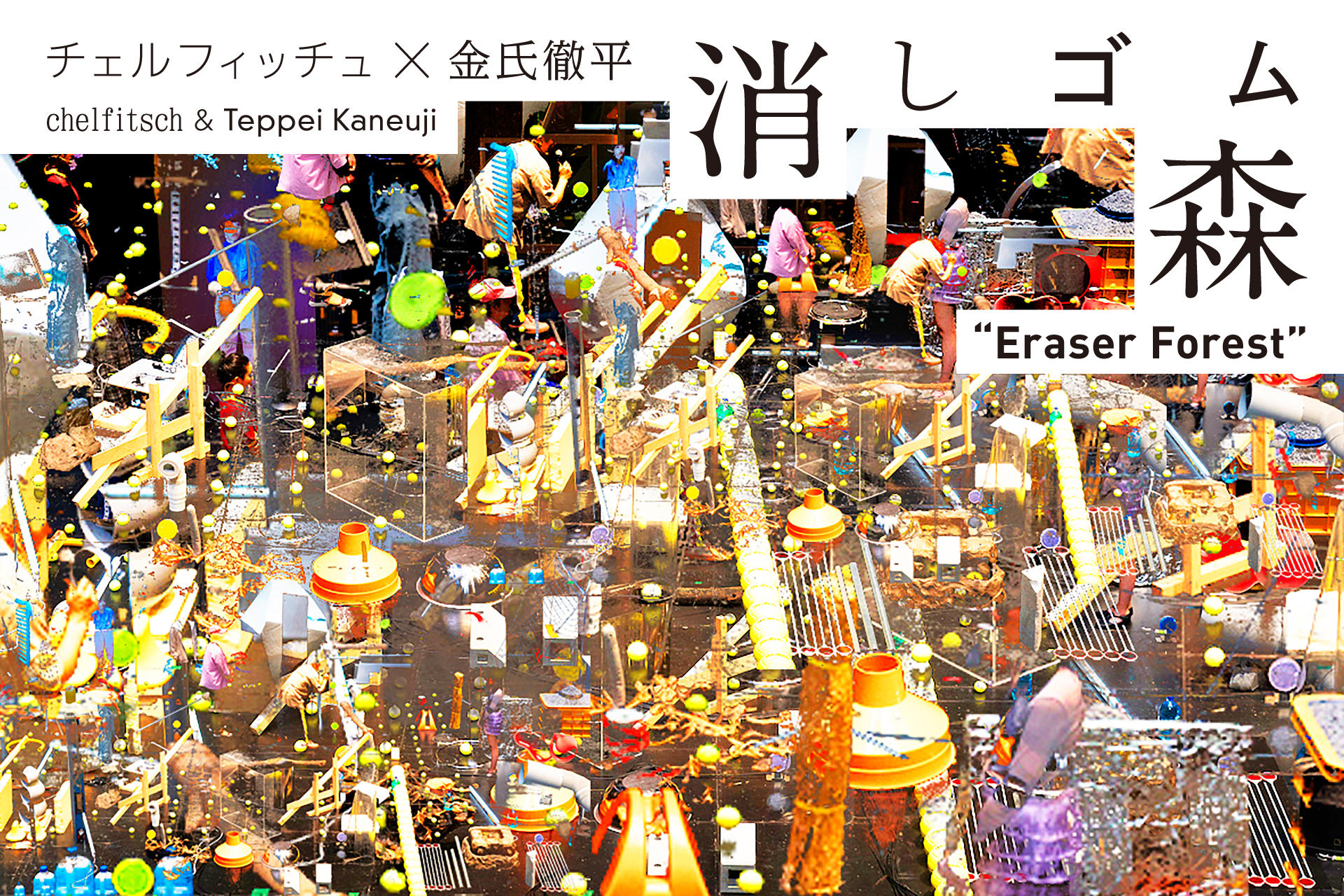
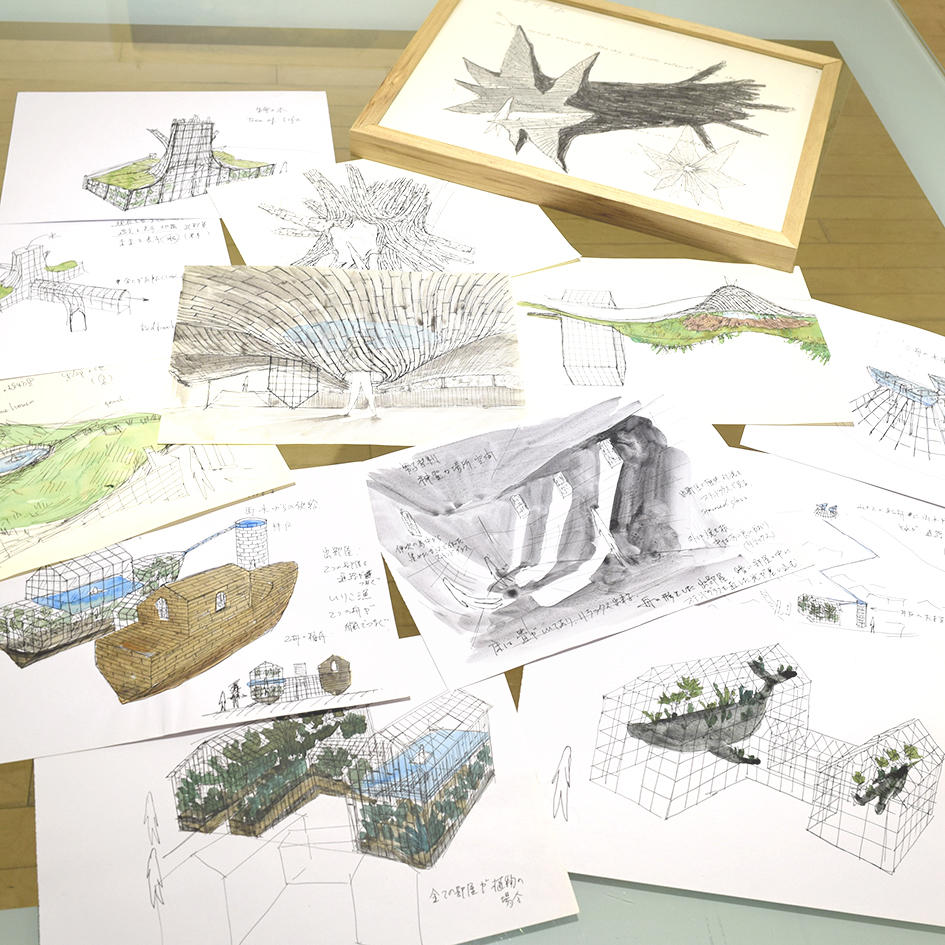


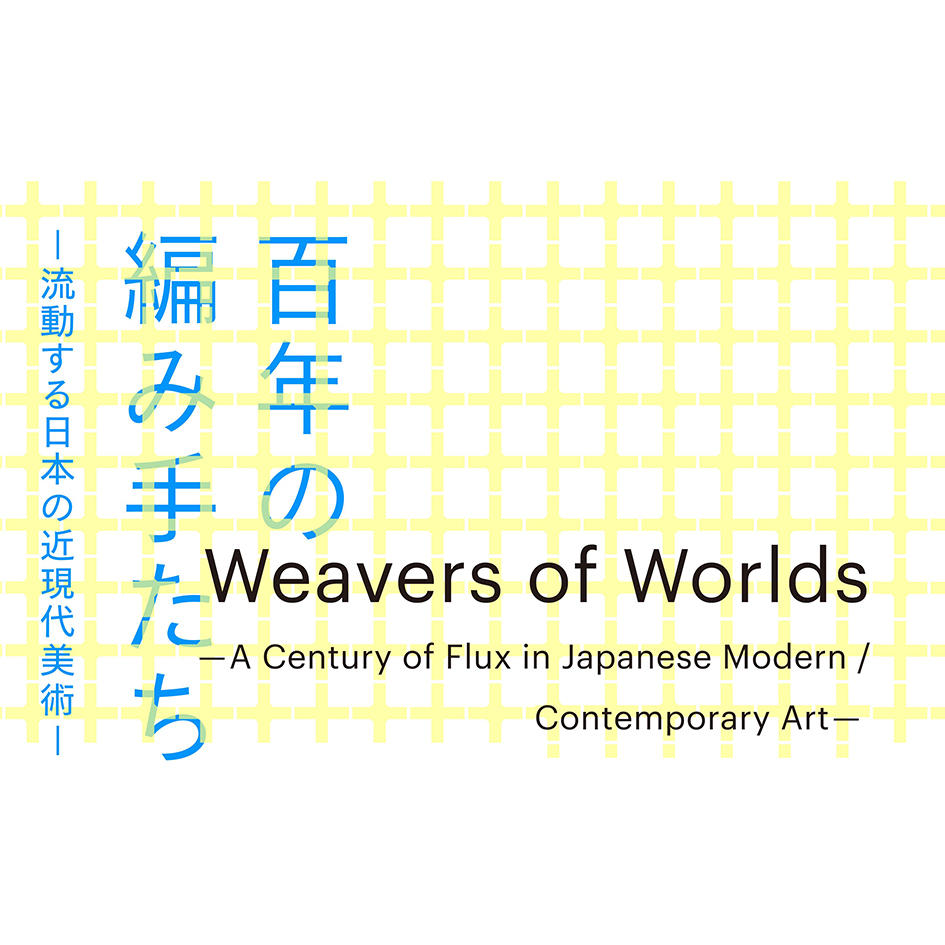


![[Echigo-Tsumari Art Triennnale 2018] SoKo Museum, Introduction of Yukihisa Isobe's new work updated:](http://artfrontgallery.com/whatsnew/assets_c/2018/08/P7272566_Rmain-thumb-1164x1200-6239.jpg)
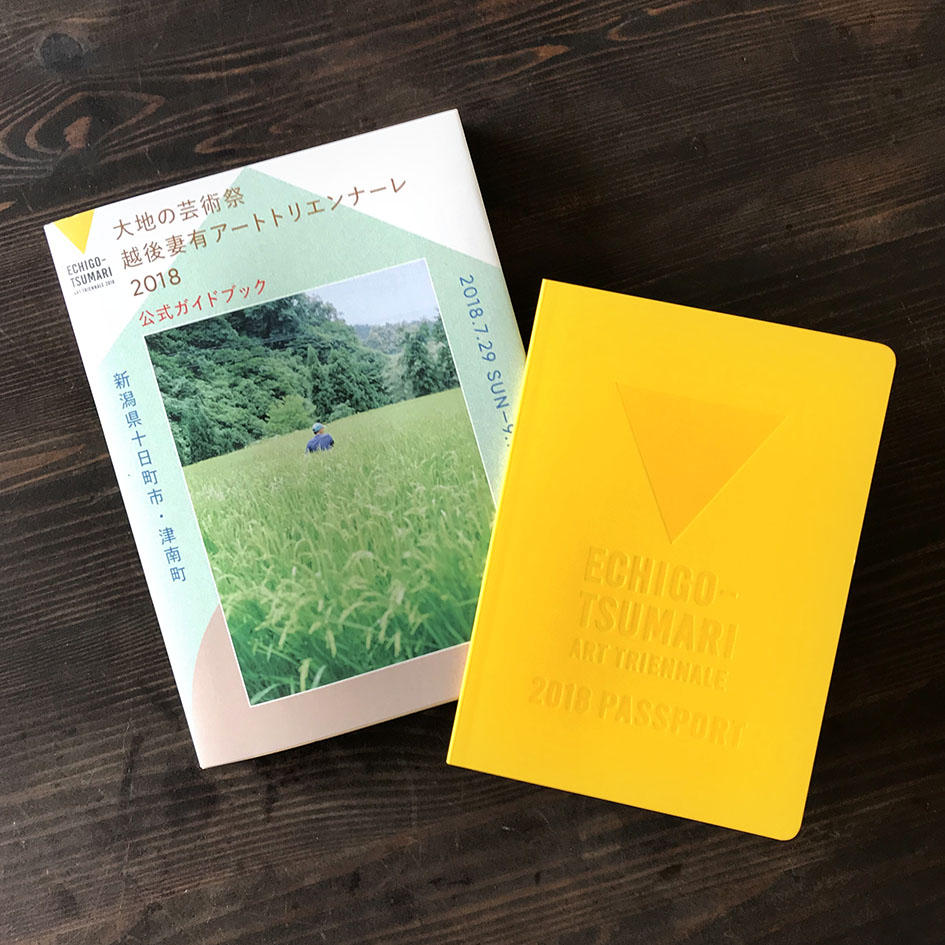
![[Echigo-Tsumari Art Triennnale 2018] SoKo Museum, Introduction of Yukihisa Isobe's new work updated:](http://artfrontgallery.com/whatsnew/assets_c/2018/08/P7272644_R-thumb-1197x1199-6225.jpg)
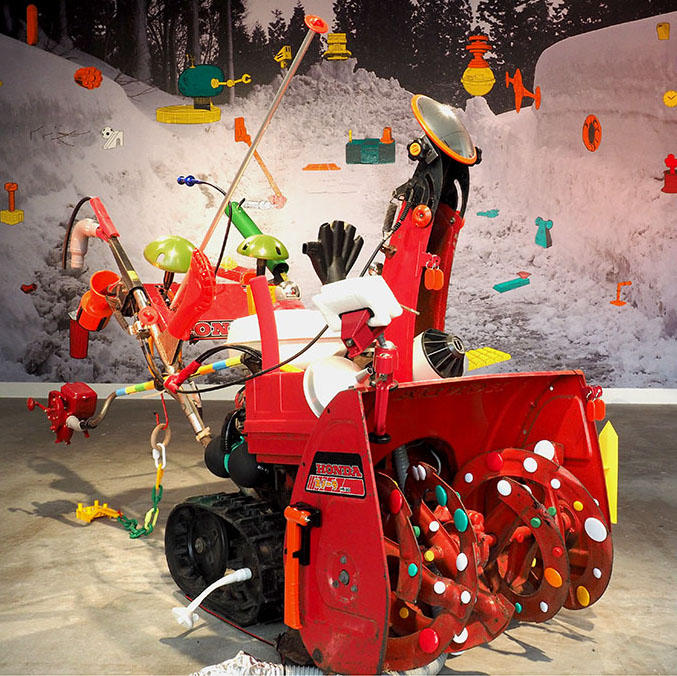

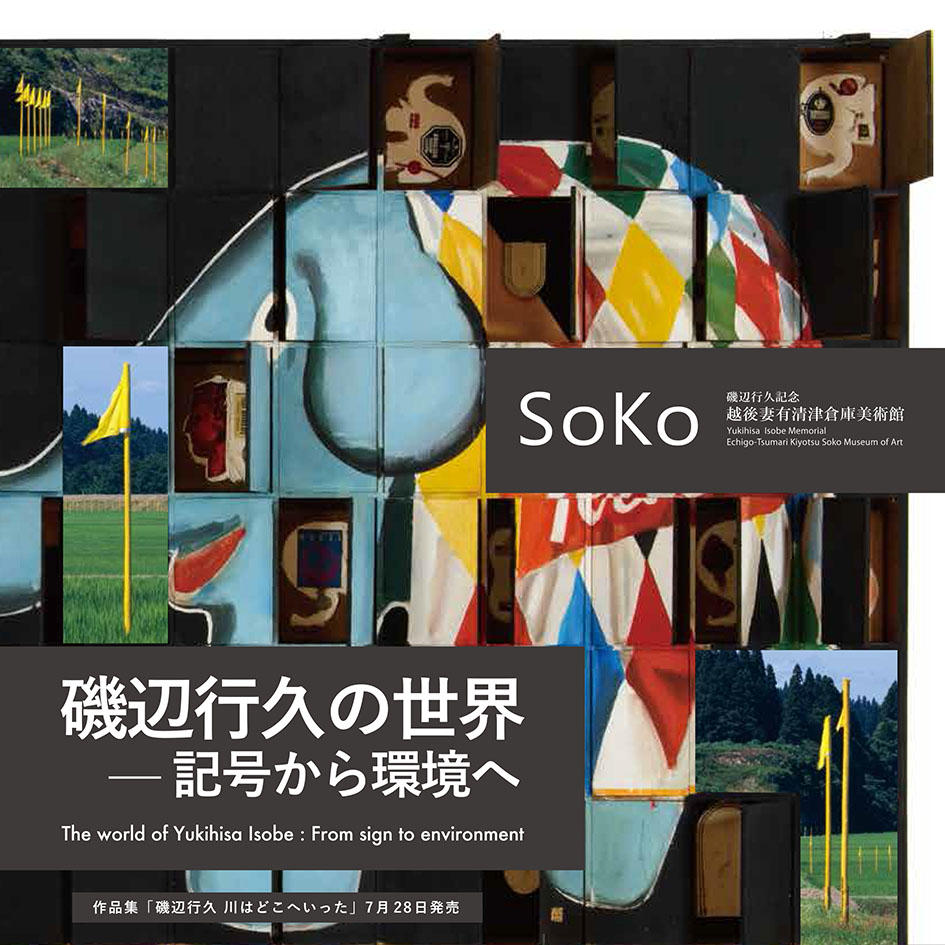
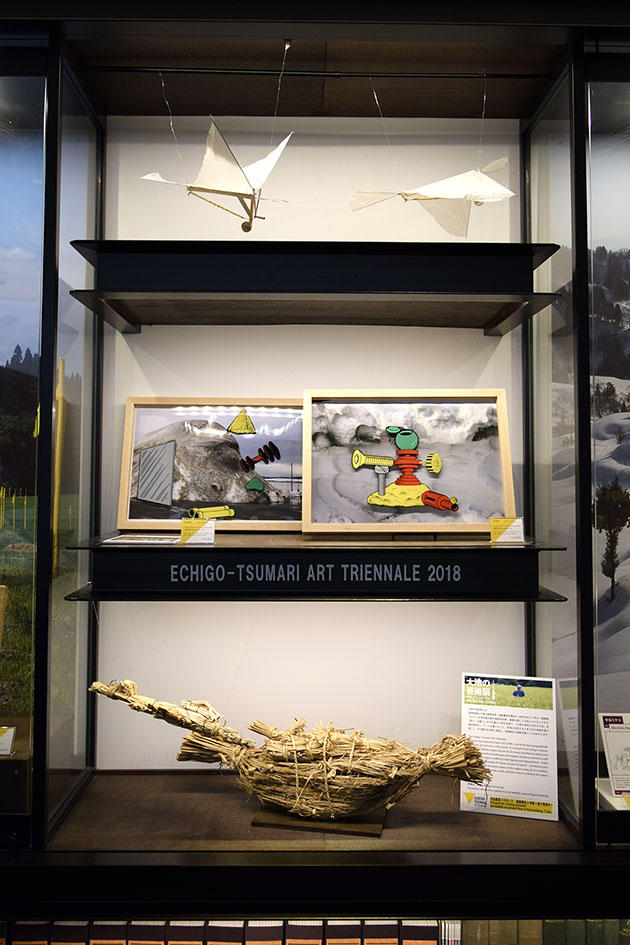
![[Yukihisa Isobe] Kiyotsu Warehouse Museum has been renewed as New Museum](http://artfrontgallery.com/whatsnew/assets_c/2017/10/d3d2be13ae19d453d0a208f246021866d5ba3f60-thumb-1387x706-5567.jpg)
